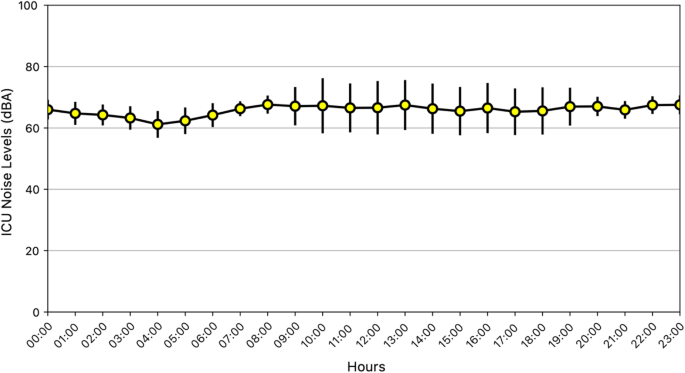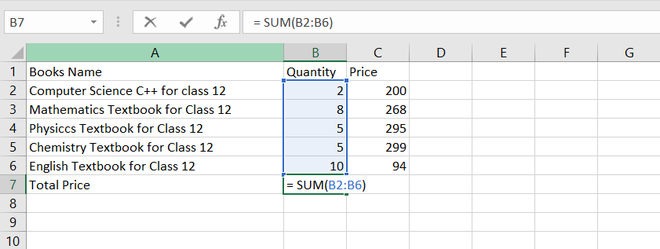



Print 'Index', index, 'standard deviation:', stat.stddev() We can use this to create your "running" version. Runstats summaries can produce the mean, variance, standard deviation, skewness, and kurtosis in a single pass of data. Install runstats from PyPI: pip install runstats The Python runstats Module is for just this sort of thing. # īy the way, there's some interesting discussion in this blog post and comments on one-pass methods for computing means and variances: If you use a numpy array, it will do the work for you, efficiently: from numpy import array Return self.new_s / (self.n - 1) if self.n > 1 else 0.0 Self.new_s = self.old_s + (x - self.old_m) * (x - self.new_m) Self.new_m = self.old_m + (x - self.old_m) / self.n

Here is a literal pure Python translation of the Welford's algorithm implementation from : Go to the external references in other answers (Wikipedia, etc) for more information. You may need to worry about the numerical stability of taking the difference between two large numbers if you are dealing with large samples. This is the sample standard deviation you get the population standard deviation using 'n' instead of 'n - 1' as the divisor. The value of the standard deviation is then: stdev = sqrt((sum_x2 / n) - (mean * mean)) The basic answer is to accumulate the sum of both x (call it 'sum_x1') and x 2 (call it 'sum_x2') as you go. You can also take a look at my Java implement the javadoc, source, and unit tests are all online: Deleting Values in Welford’s Algorithm for Online Mean and Variance.Computing Sample Mean and Variance Online in One Pass.I wrote two blog entries on the topic which go into more details, including how to delete previous values online: Dividing by N-1 leads to an unbiased estimate of variance from the sample, whereas dividing by N on average underestimates variance (because it doesn't take into account the variance between the sample mean and the true mean). You might also want to brush up on the difference between dividing by the number of samples (N) and N-1 in the variance calculation (squared deviation). The stability only really matters when you have lots of values that are close to each other as they lead to what is known as " catastrophic cancellation" in the floating point literature. It's more numerically stable than either the two-pass or online simple sum of squares collectors suggested in other responses. Wikipedia: Algorithms for calculating variance.The answer is to use Welford's algorithm, which is very clearly defined after the "naive methods" in:


 0 kommentar(er)
0 kommentar(er)
